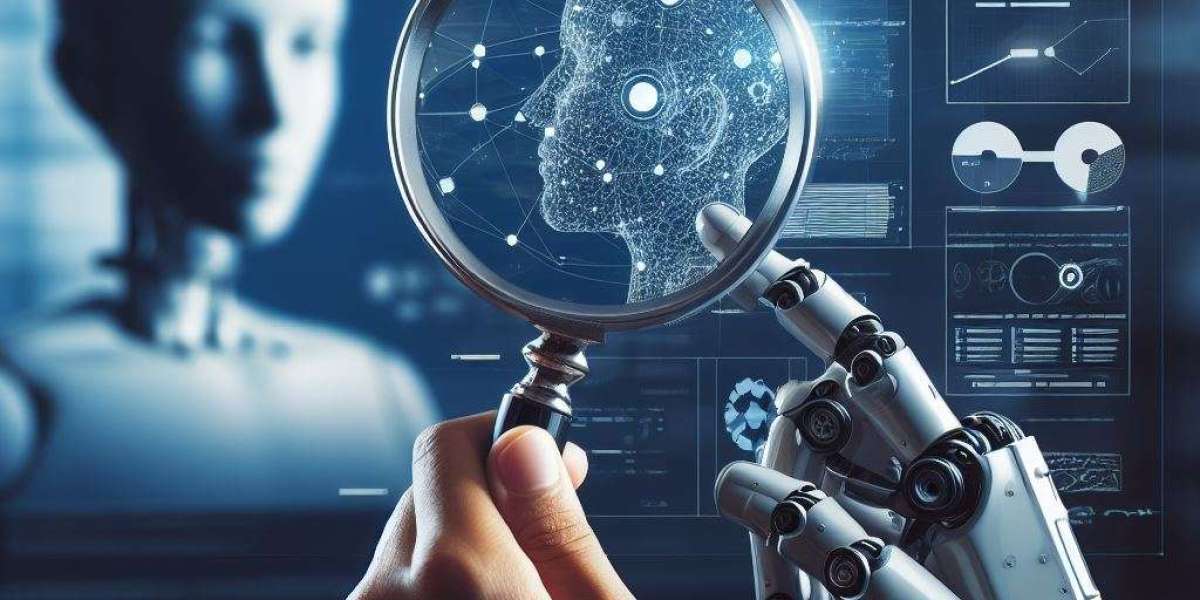In the swiftly changing realm of technology, the integration of machine learning and human cognition is transforming how we understand and engage with the world. From self-driving cars to personalized recommendations on streaming platforms, machine learning algorithms have become an integral part of our daily lives. However, amidst the lines of code and complex mathematical models, it's crucial to recognize the indispensable role of the human element in shaping, interpreting, and refining machine learning solutions.
Human Element in Machine Learning
The Marriage of Minds: A Symbiotic Relationship
At first glance, machine learning might seem like a realm dominated by algorithms and data, but at its core, it is a field that relies heavily on human ingenuity. Engineers, data scientists, and researchers imbue these algorithms with intelligence, teaching them to recognize patterns, make predictions, and adapt to changing scenarios. The human mind is the architect behind the algorithms that power everything from virtual assistants to fraud detection systems.
Consider, for instance, the creation of a machine learning model for image recognition. While the algorithm learns to identify objects based on vast datasets, it's the human experts who curate and label these datasets, providing the necessary context for the machine to learn. The human touch is not just in the lines of code but in the selection and preparation of the data that fuels the learning process.
Beyond Binary: Understanding Nuances in Data
One of the remarkable aspects of human cognition is our ability to understand and navigate the nuances of the world. While machines excel at processing vast amounts of data and identifying patterns, they often struggle with the subtleties and complexities that humans effortlessly grasp. This is where the human element becomes crucial in refining machine learning models.
Humans bring a contextual understanding that goes beyond the binary nature of code. They can interpret the emotions behind a text, understand the cultural connotations of an image, and factor in the ethical considerations that algorithms might overlook. By infusing human judgment into the training process, machine learning systems can be honed to better align with societal values and norms.
The Ethical Imperative: Navigating the Moral Compass
As machine learning technologies continue to advance, questions of ethics and responsibility come to the forefront. It is humans who must decide how these technologies are deployed, ensuring that they adhere to ethical standards and respect fundamental human rights. From bias in algorithms to concerns about privacy, the human element serves as a moral compass, guiding the development and application of machine learning.
Understanding the implications of machine learning requires a nuanced understanding of societal values and potential consequences. Humans must actively engage in conversations about the ethical considerations surrounding AI, advocating for transparency, accountability, and fairness in algorithmic decision-making.
User-Centric Design: Enhancing the Human Experience
The ultimate goal of machine learning is not just accuracy but also enhancing the human experience. Whether it's delivering personalized content recommendations or optimizing user interfaces, the human element is essential in designing machine learning systems that cater to human needs and preferences.
User experience (UX) designers play a pivotal role in ensuring that machine learning applications are not only efficient but also user-friendly. They understand the nuances of human behavior, psychology, and interaction, incorporating this knowledge into the design process. The result is technology that seamlessly integrates into our lives, enhancing rather than replacing human capabilities.
The Future of Collaboration: Humans and Machines as Co-Creators
As we look ahead, the collaboration between humans and machine learning services is poised to become even more profound. The emerging field of augmented intelligence envisions a future where machines augment human capabilities, working in harmony with us to solve complex problems and drive innovation.
To unlock the full potential of this collaboration, it's imperative to foster interdisciplinary approaches that bring together experts from diverse fields. Collaboration between data scientists, ethicists, psychologists, and domain experts can lead to holistic solutions that not only leverage the power of machine learning but also address broader societal challenges.
Conclusion
In conclusion, the journey from code to cognition is a testament to the intricate dance between technology and human intelligence. While machine learning algorithms continue to advance, it is the human element that breathes life into these systems, shaping their development, guiding their ethical considerations, and ensuring that they enhance rather than replace the richness of human experience. As we navigate this evolving landscape, understanding and appreciating the symbiotic relationship between humans and machines will be crucial in harnessing the true potential of artificial intelligence.



